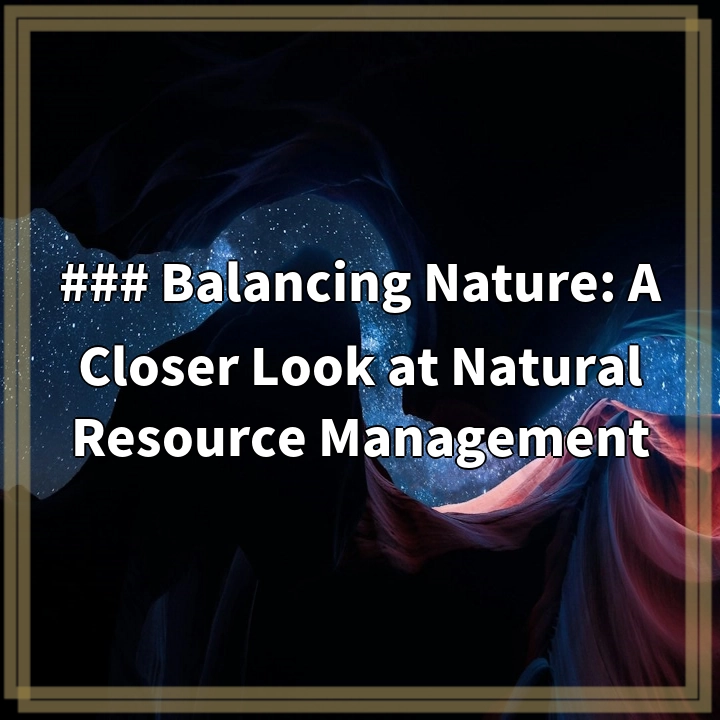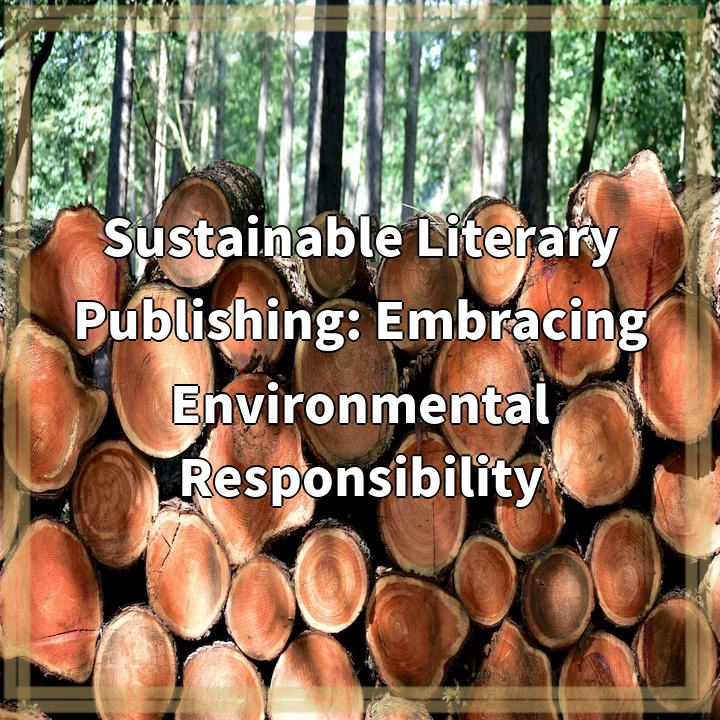
What is Natural Resource Management?
Natural Resource Management (NRM) refers to the management and conservation of Earth’s limited resources to ensure their sustainable use for present and future generations. It involves the responsible planning, utilization, and protection of natural resources such as land, water, forests, minerals, and wildlife.
Real-World Problems Associated with Natural Resource Management
NRM faces numerous challenges and complexities in addressing the pressing environmental issues of our time. Some of the key real-world problems include:
1. Overexploitation of Resources
The unsustainable extraction and utilization of natural resources, such as overfishing, deforestation, and overuse of water, have led to their depletion and degradation. The overexploitation of resources often disrupts ecosystems, threatens biodiversity, and compromises the ability of ecosystems to provide essential services.
2. Habitat Loss and Fragmentation
The expansion of agriculture, urbanization, and infrastructure development often result in habitat loss and fragmentation. This poses a significant threat to wildlife and plant species, leading to biodiversity loss and disruptions in ecological processes.
3. Pollution and Contamination
Industrial activities, improper waste management, and pollution from various sources have detrimental effects on ecosystems and human health. Soil, water, and air pollution can negatively impact biodiversity, water quality, and the overall balance of ecosystems.
4. Climate Change Impacts
Climate change is a major challenge for NRM as it affects the distribution and availability of natural resources. Rising temperatures, altered precipitation patterns, and more frequent extreme weather events can lead to changes in ecosystems and, consequently, impact various sectors such as agriculture, forestry, and water management.
5. Conflicting Interests and Stakeholder Engagement
Natural resource management often involves multiple stakeholders with different interests, including governments, local communities, industry representatives, and conservation organizations. Balancing these conflicting interests, ensuring equitable distribution of benefits, and fostering effective communication and collaboration among stakeholders can be a significant challenge in NRM.
Addressing these real-world problems requires the implementation of sustainable and innovative approaches in natural resource management. It involves integrating scientific knowledge, community engagement, policy development, and effective governance to ensure the long-term health and resilience of our natural resources.

Potential Solutions for Natural Resource Management Challenges
Natural resource management challenges require a range of solutions that address the specific issues at hand. Here are some potential solutions:
1. Sustainable Resource Use
Adopting sustainable practices in resource extraction, such as implementing quotas, promoting responsible fishing, and practicing sustainable forestry, can help reduce overexploitation and ensure the long-term availability of resources.
2. Conservation and Restoration
Protecting and restoring habitats through initiatives such as reforestation, wetland conservation, and protected area establishment can help mitigate habitat loss and fragmentation, promoting biodiversity conservation.
3. Pollution Control and Prevention
Implementing strict regulations and enforcing pollution control measures in industries, promoting cleaner technologies, and educating the public about proper waste management practices are essential to reduce pollution and contamination of natural resources.
4. Climate Change Adaptation and Mitigation
Developing strategies to adapt to climate change impacts, such as implementing water management plans, promoting climate-smart agriculture, and reducing greenhouse gas emissions, can increase the resilience of ecosystems and natural resource-dependent sectors.
5. Collaborative Governance and Stakeholder Engagement
Engaging diverse stakeholders in decision-making processes, fostering dialogue, and creating platforms for collaboration can help find common ground and ensure that NRM strategies are inclusive, equitable, and representative of different perspectives.
Implementing these solutions requires a multi-faceted approach that combines scientific research, policy development, community engagement, and effective governance. By addressing the challenges and working towards sustainable solutions, we can strive for a balanced and harmonious relationship with nature, ensuring the long-term health, and availability of our precious natural resources.















